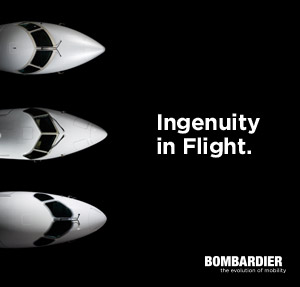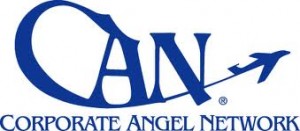Pratt & Whitney F135 STOVL Exceeds and Completes Vertical Thrust Requirement
Written by thomas · Filed Under Aeronautics NewsMay 18, 2009
EAST HARTFORD, Conn., May 18 /PRNewswire-FirstCall/ — The Pratt & Whitney F135 short takeoff/vertical landing (STOVL) variant propulsion system, which includes the Rolls-Royce LiftSystem(R), has exceeded thrust performance expectations in recently completed tests, providing more vertical power than required by the F-35 Lightning II STOVL aircraft. The testing was conducted on a specially instrumented “hover pit” at Lockheed Martin in Fort Worth, Texas. Pratt & Whitney is a United Technologies Corp. (NYSE: UTX) company.
“The F135 engine continues to exceed performance expectations to deliver the most advanced, capable fifth generation fighter engine for the F-35,” said Warren Boley, vice president, Pratt & Whitney F135/F119 Programs. “The engine demonstrated 41,100 pounds of vertical thrust against our requirement of 40,550 pounds. This means we will deliver excellent margin for the vertical landing and short takeoff performance for our STOVL customers.”
During hover-pit testing, the aircraft is anchored to a metal grate 14 feet above a sloped concrete floor, separating the jet from ground effect and enabling it to simulate free-air flight. Sensors measure thrust and the aircraft’s response to pilot inputs. This is a highly integrated software driven airplane where the testing also demonstrates functional operation of all systems required for vertical flight. This includes control of the doors associated with the STOVL propulsion system: engine auxiliary inlet, LiftFan inlet, LiftFan exit, roll posts, and doors that open to enable the Rolls-Royce three-bearing swivel duct to articulate and vector engine thrust. The hover-pit tests are the final series of ground tests before airborne STOVL testing begins. The F135 STOVL propulsion system includes the Pratt & Whitney main engine and the Rolls-Royce LiftSystem components.
For eight years and more than 11,300 test hours, Pratt & Whitney has been designing, developing and testing the F135 to deliver the most advanced fifth generation fighter engine for the U.S. Air Force, Marine Corps and Navy, as well as eight international partner countries.
The F135 propulsion system is the power of choice for the F-35 and has proven it can meet diverse aircraft requirements. The ground and flight test experience demonstrates the maturity and the associated reliability of the F135 engine for armed forces around the world.
» Próximo Post - Hamilton Sundstrand’s Boeing 787 Auxiliary Power Unit Undergoes Successful Initial Start-up
« Post Aneterior - Hubble Servicing Crew to Hold News Conference From Space
Comments
¿Tiene algo que decir?
You must be logged in to post a comment.







